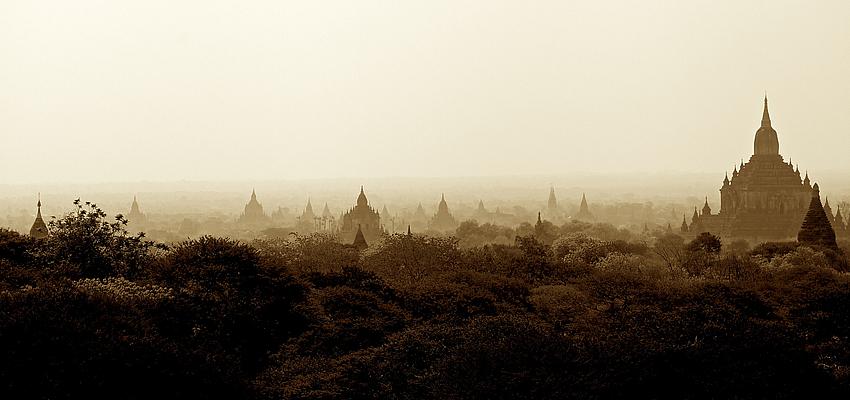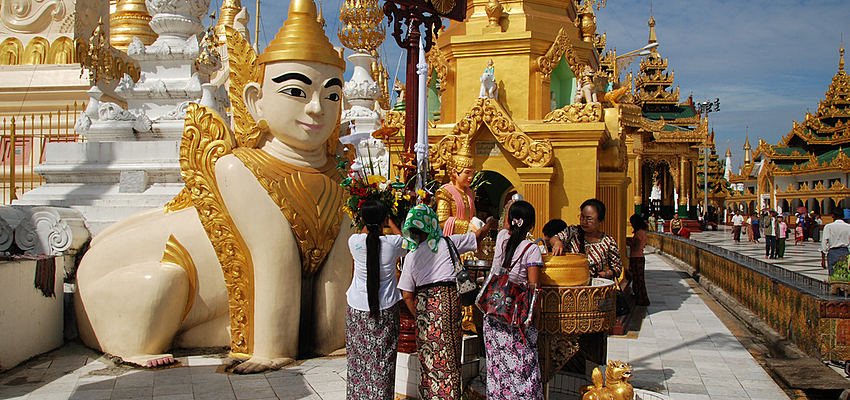


Burma thus found itself subjected to many years of terrible repression after more than a century of colonization.
In the 9th century, the Burmese people founded a kingdom that had Pagan (somewhere worth visiting when in Burma) as its capital. This kingdom was colonized by the British from 1824 to 1942. In 1941, the revolutionary leader Aung San founded the Burma Independence Army, and independence itself was proclaimed in 1947; though Aung San, along with other members of his government, ended up being assassinated.
The prime minister, U Nu, overwhelmed by the civil war that saw the Burmese state facing communists and ethnic rebellion, handed power to General Ne Win in 1958. U Nu took back the reins of power in 1960, but was subsequently overthrown in a coup d'état led by General Ne Win in 1962. Under the latter's regime, nationalization across all sectors was made a priority. When students called for free elections in 1988, hundreds were killed in the subsequent repression and Ne Win stood down.
Elections finally took place in Burma in 1990 and were won by the National League for Democracy (NLD). The party leader, Aung San Suu Kyi, daughter of independence leader Aung San, was placed under house arrest and prevented from taking power. In 2005, the ruling military junta moved the country's capital to am entirely newly created city, Nay Pyi Daw. Rapid rises in fuel costs led to the "Saffron Revolution" taking place between August and September 2007, a protest movement that even Buddhist monks took part in. In 2008, 92% of the population of Burma voted yes in a referendum for constitutional reform. It was not a very open and transparent vote however. In 2009, Aung San Suu Kyi was sentenced to a further 18 months of house arrest.

In October 2011, President Thein finally offered an amnesty to more than 220 prisoners held by the state. He also recognized the rights to strike and join unions. In 2012, violence broke out between Buddhists and Muslims in the west of Burma, leading to dozens of deaths and tens of thousands displaced. The same year, Aung San Suu Kyi made her first visit to Europe in 24 years.